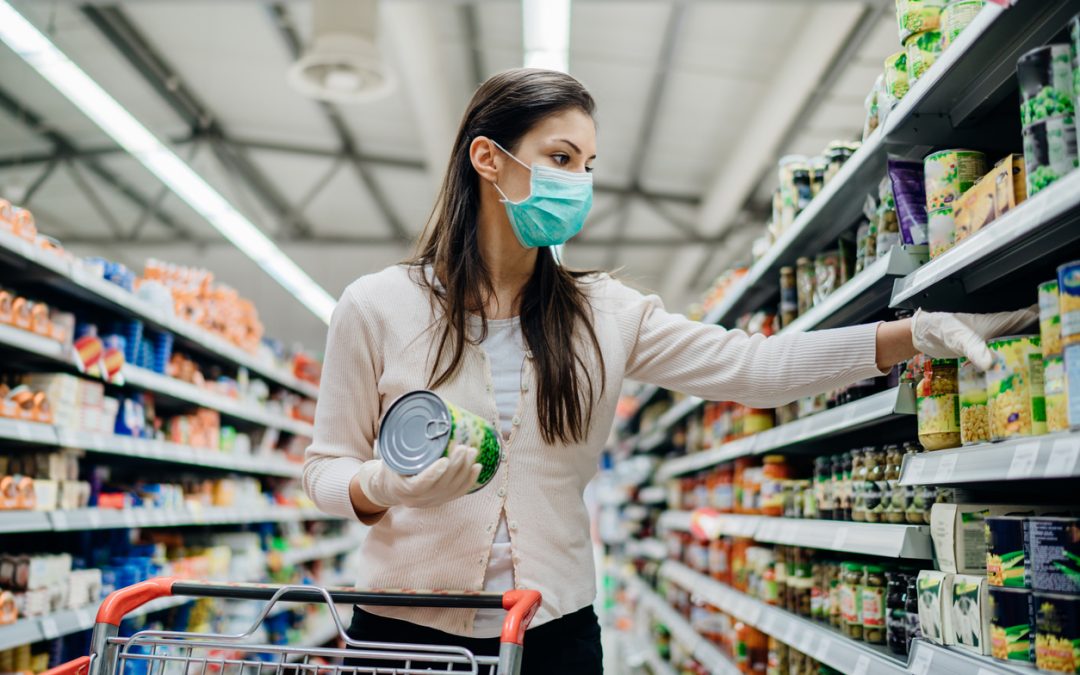Why Wear a Face Mask
As stated by the CDC, coronavirus can spread by interacting in close proximity of others through respiratory droplets produced by simply speaking, coughing, or sneezing. Studies have shown that a significant portion of individuals with coronavirus lack symptoms (“asymptomatic”), but they can still transmit the virus to others, as can those who eventually develop symptoms (“pre-symptomatic”). Wearing a face mask helps prevent transmission of the virus, especially by people who have COVID-19 but don’t know it.
COVID-19 cases peaked in early March and began declining by about one-third as the United States issued stay-at-home and shelter-in-place orders. With phased reopening, we are now seeing another spike in cases for mid-June. Even though the nation is slowly reopening, this data emphasizes the importance of continuing to follow CDC guidelines. The current guidelines include:
- Wash your hands often, or use hand sanitizer that contains at least 60% alcohol when soap and water is not immediately available.
- If possible, avoid any contact with those that are showing COVID-19 symptoms and maintain 6ft apart from those that are not in your household.
- Cover all your coughs and sneezes and then immediately wash your hands.
- Clean and disinfect common surfaces often.
- Monitor your heath and be aware of any possible symptoms.
- Wear a face mask!
Do’s and Don’ts for Wearing a Face Mask
Face masks only help prevent the spread of COVID-19 if they are used properly. Listed below are all the Do’s and Don’ts of wearing a face mask!
Do’s
- Do wear a cloth face mask, either one you purchased or made. Instructions to make your own mask can be found here.
- Do wear a mask that fits snuggly against your face.
- Do make sure your mask covers your mouth, nose, and chin.
- Do wash or sanitize your hands before putting your mask on or taking it off.
- Do avoid touching your mask while using it.
- Do wash your mask daily.
- Do spray your mask with a sanitizing spray between uses each day.
Don’ts
- Don’t use surgical masks and N95 masks, these are in critical shortage and need to be saved for healthcare workers.
- Don’t take your mask off to speak to someone.
- Don’t wear your mask below your nose or rest your mask under your chin.
- Don’t wear a mask that is damaged.
- Don’t reuse a reusable mask or wear a mask that has been touched with unwashed hands.
- Don’t place a mask on those under the age of 2, those with breathing difficulties, or those that can’t remove a mask without assistance.



